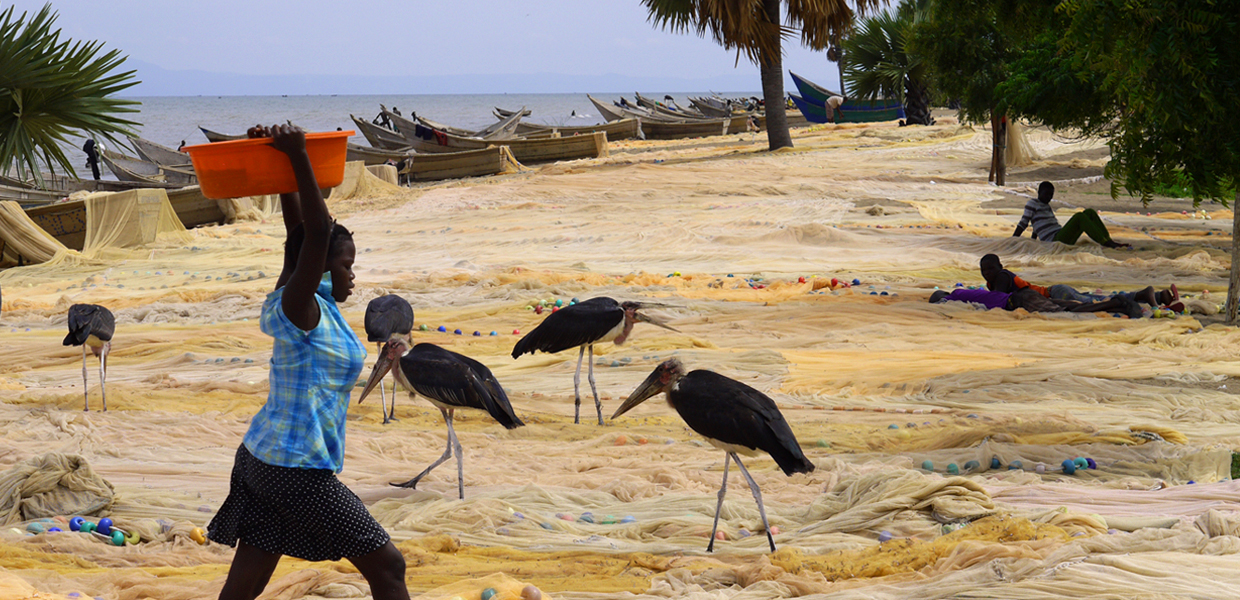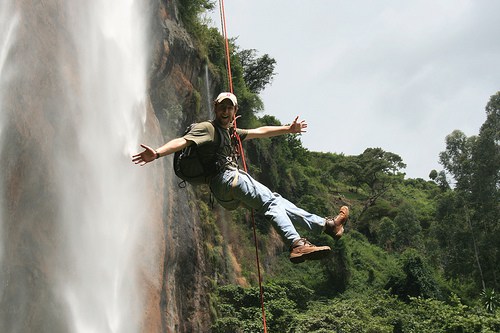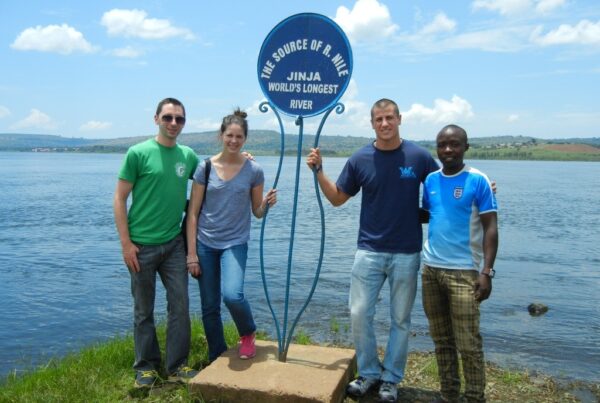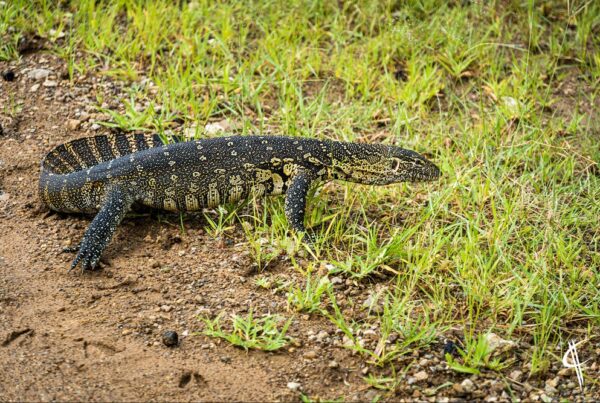Birding Safari at Butiaba: Weekend Itinerary for Birders
Discovering Avian Diversity on the Shores of Lake Albert
Butiaba, a serene town on the eastern shores of Lake Albert, is emerging as a prime destination for birding enthusiasts seeking both adventure and tranquility. Nestled amidst wetlands, riparian forests, and grasslands, the region hosts a remarkable diversity of bird species, making it ideal for weekend escapes focused on avian photography, observation, and ecological appreciation. For birders, Butiaba offers an unparalleled opportunity to witness both common and rare species in their natural habitats while exploring a landscape shaped by the interaction of lake, forest, and savannah ecosystems.
Planning a weekend birding safari requires careful attention to timing, habitat exploration, and equipment preparation, ensuring that visitors can maximize their encounters with the region’s avian inhabitants while enjoying a seamless travel experience.
Understanding Butiaba as a Birding Destination
Butiaba’s strategic location along Lake Albert provides a unique convergence of aquatic, forest, and savannah habitats, supporting a broad spectrum of bird species. Waterbirds, including herons, kingfishers, and cormorants, thrive along the lake’s shores, while forested patches harbor turacos, hornbills, and sunbirds. Open grasslands attract raptors, weavers, and finches, creating diverse photographic and observational opportunities within a compact area.
Seasonal variations influence avian behavior and abundance. During the rainy season, migratory species supplement the resident population, while dry-season water levels reveal feeding grounds for waders and other shorebirds. Photographers and birders alike benefit from planning visits according to these patterns, allowing for both predictable sightings and rare encounters.
Day 1: Arrival and Early Exploration
Weekend itineraries commence with arrival in Butiaba, ideally in the late afternoon or early evening. Accommodations range from lakeside lodges to eco-friendly guesthouses, each providing proximity to key birding sites and opportunities to relax before morning excursions. The surrounding environment, including lake vistas and wetlands, offers immediate photographic potential, particularly during the soft light of dusk.
Evening sessions can include walks along the lake edge, where nocturnal species and pre-roosting waterbirds can be observed. These initial encounters allow birders to acclimate to the terrain, familiarize themselves with species identification, and prepare equipment for the intensive observations scheduled for the following day.
Day 2: Early Morning Birding Excursion
The heart of the weekend experience begins with an early morning birding excursion, timed to coincide with peak avian activity. Dawn in Butiaba brings the forest and wetlands alive with calls and movement, providing ideal conditions for both observation and photography. Guided walks through forested trails reveal colorful turacos, hornbills, and endemic species, while wetlands and lakeshores offer sightings of herons, egrets, and African jacanas.
Photographers are advised to use a combination of lenses to capture diverse subjects, balancing wide-angle shots of habitats with telephoto close-ups of individual birds. Ethical photography practices are essential, including maintaining distance, minimizing disturbance, and using natural light to preserve the integrity of the animals’ behavior.
Late morning is often reserved for rest or short walks around nearby villages, where local culture and human-wildlife interactions provide additional context for birding and photography. Observing agricultural landscapes, for example, may reveal seed-eating species and raptors taking advantage of open hunting grounds.
Afternoon Excursions and Specialized Habitats
Afternoons in Butiaba are ideal for exploring specialized habitats, including reed beds, papyrus swamps, and shoreline vegetation. These areas host secretive or elusive species, such as marsh warblers, bitterns, and small passerines. Guided canoe or boat trips along the lake can enhance sightings of water-dependent birds while allowing close observation without disturbing sensitive habitats.
Photographers benefit from afternoon light filtering across water surfaces, creating reflective compositions and capturing subtle interactions between birds and their environment. Combining slow observation with patient tracking allows for meaningful encounters, producing both aesthetically compelling and scientifically valuable images.
Evening Reflection and Data Consolidation
Evening sessions offer opportunities for reviewing sightings, consolidating photographic material, and reflecting on the day’s experiences. Group discussions among birders foster shared learning, species identification, and exchange of observation techniques. Lodges and guesthouses often provide quiet spaces for reviewing images, logging species, and preparing itineraries for the following day.
Dinner overlooking the lake enhances the experience, providing a moment of relaxation while maintaining proximity to habitats that may yield nocturnal species or pre-roosting flocks. These shared moments complement the active fieldwork, reinforcing the social and educational aspects of birding safaris.
Day 3: Sunrise and Departure
The final day emphasizes early morning observations, focusing on capturing species that are most active at dawn. Sunrise over Lake Albert provides both visual beauty and ideal light for photographing silhouettes, reflections, and behaviors such as foraging, preening, and flight displays. By prioritizing early activity, birders maximize the chances of observing rare or elusive species that may retreat into dense vegetation during the day.
Following the morning session, time is allocated for packing, final observations, and gentle exploration of any nearby habitats missed on the first day. Departure mid-morning allows for safe travel while concluding the weekend with a comprehensive appreciation of Butiaba’s avian diversity and photographic potential.
Practical Considerations for Weekend Birders
Successful birding safaris in Butiaba require preparation and logistical planning. Essential items include binoculars, field guides, waterproof clothing, and cameras with versatile lenses. Footwear suitable for wet or uneven terrain is critical, and insect repellents, sun protection, and hydration supplies ensure comfort and safety throughout excursions.
Working with knowledgeable local guides enhances both species identification and access to prime birding sites, while ethical practices safeguard wildlife and habitat integrity. Weekend itineraries benefit from structured schedules that balance activity with rest, providing birders with a sustainable pace that maximizes enjoyment and observation quality.
A Rewarding Avian Escape
Butiaba offers an exceptional weekend destination for birders, blending diverse habitats, abundant species, and scenic beauty within an accessible framework. Careful planning, strategic observation, and ethical practices allow birders to capture compelling imagery, deepen ecological understanding, and enjoy a shared experience in the field.
For a seamless and enriching birding safari, it is recommended to book your Africa tours and safaris via WildHorn Africa, ensuring that every moment—from early morning bird calls to sunset reflections on Lake Albert—is carefully guided, safe, and optimized for both adventure and photography.





 WildHorn Africa – Authentic and unforgettable tours across Africa, guided by local experts who know the land, wildlife, and culture best.
WildHorn Africa – Authentic and unforgettable tours across Africa, guided by local experts who know the land, wildlife, and culture best.


